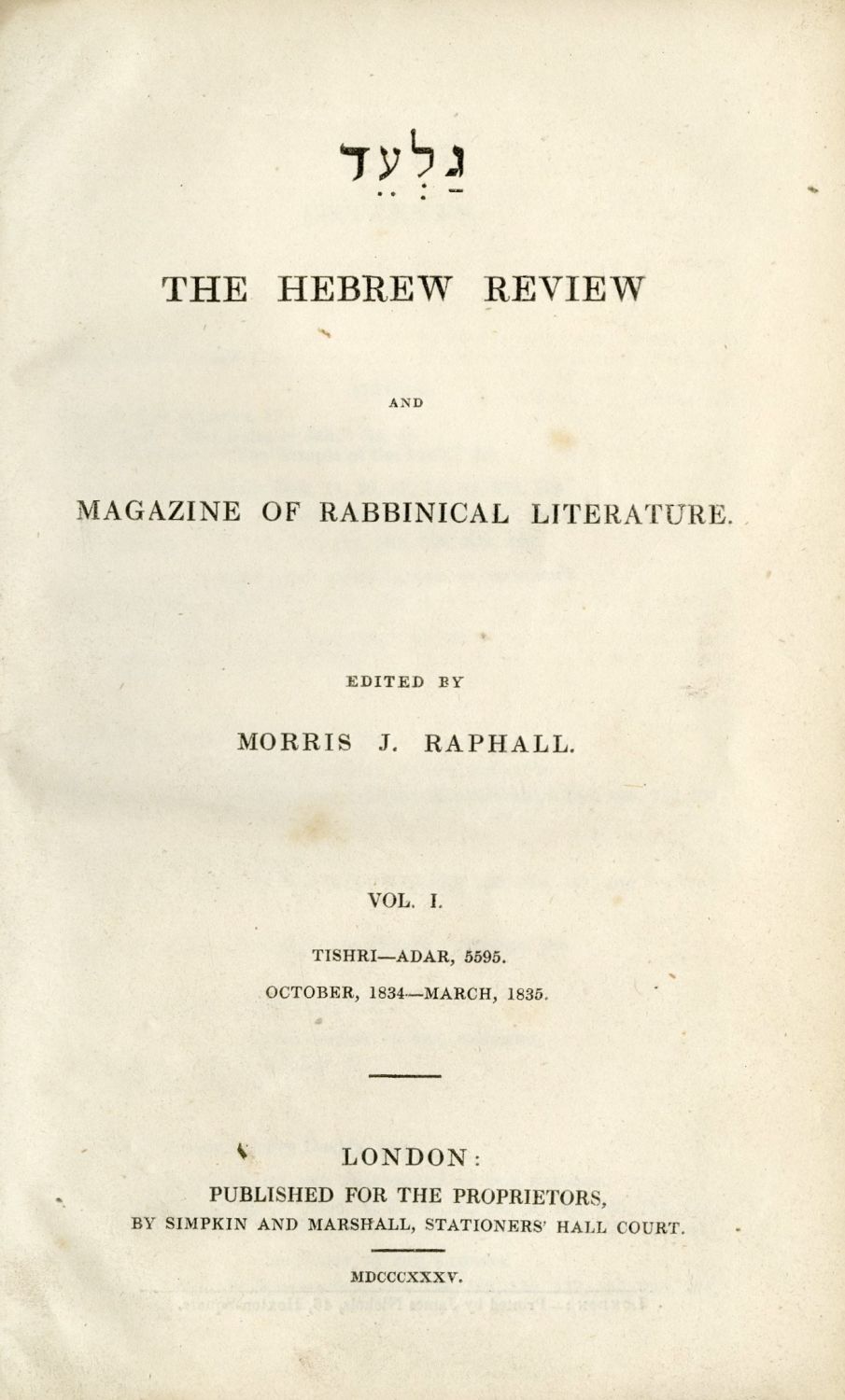"Residence Certificate" - identification card of Rabbi Yosef Lis from the students of the Mir Yeshiva in exile (later one of the leaders of Orthodox Judaism in Israel), issued in Shanghai with imprints of his right and left fingerprints and his passport photo. The card details in Chinese that he is 31 years old and "Jewish", as well as police station details in Shanghai. On the back of the card are instructions in Chinese and English that he must carry this card at all times and report immediately to the police station in case of loss. A rare relic from the period of the Mir Yeshiva in exile in Shanghai during WW2.
One of the miraculous stories of Torah scholars during World War Two is the survival story of the students of the Mir Yeshiva who arrived in Shanghai, China, at the height of the war. In 1939 Mir was joined to the Soviet Union according to the Ribbentrop-Molotov Pact. A minority of the yeshiva's students remained in Mir, the yeshiva's rabbis together with most of the students fled to Vilna which then came under Lithuanian rule. Initially the bachurim were housed in the Ramailis Yeshiva building but it was too small to hold Mir's 350 Talmidim, and later the yeshiva moved to the Beit Midrash in the suburb of Novgorod. (The Rosh Yeshiva, Rabbi Finkel, traveled earlier to Eretz Israel). From there the yeshiva moved to Kedainiai, Lithuania, later the yeshiva split into three groups in three towns. Thanks to the efforts and activities of Rabbi Zorach Warhaftig
, the Japanese consul in Lithuania, righteous gentile Chiune Sugihara, issued visas to the students to enter Japan. Many of the students left Lithuania on the Trans-Siberian Railway with the Rabbis Chaim Shmuelwitz (son-in-law of the late Rosh Yeshiva, Rabbi Finkel) and Mashgiach Rabbi Yechezkel Levenstein, through Siberia to Kobe, Japan where they stayed for around nine months until the Japanese realized that most of the refugees, including the yeshiva boys had little chance of continuing to another country, and they exiled them to Chinese Shanghai, which was under Japanese occupation, where a Jewish ghetto was established called the "Shanghai Ghetto". In Japan and Shanghai the refugees were hosted by the wealthy Sephardic communities. In Shanghai the Iraqi community even provided them shelter in the Beit Aaron Synagogue that was built a few years earlier from the fortune of one of the wealthy Sephardic community's men. The yeshiva continued miraculously for over four years with financial support from American Jewry. After the war the yeshiva's students immigrated to the United States. Some students remained in the United States and founded the yeshiva again in Brooklyn, but most continued with their rabbis to Eretz Israel.
The Gaon Rabbi Yosef Lis [1912-1992] was born in Lodz, Poland to his parents Yehuda and Hana who were Gur Chassidim. He studied in Mir Yeshiva where he was a student of Rabbi Yeruham Leibovitz, he later joined a group that traveled to Brisk to study under the Rabbi of Brisk. After marriage he continued learning as a Avrech in Mir Yeshiva, and after Rabbi Yeruham's passing was a student of Rabbi Yechezkel Levinstein. At the outbreak of World War Two he wandered with the yeshiva to Shanghai, then to the United States where he established a Talmud Torah, and later made aliyah to Eretz Israel.
His wife and children were killed in the Holocaust and he married a second time to Liba Rachel. In Eretz Israel Rabbi Lis was close to the Chazon Ish and Rabbi Yitzchak Ze'ev HaLevi Soloveitchik. He was active against autopsies on the dead, sharply attacked Rabbi Goren for visiting the Temple Mount, and later regarding his ruling in the Brother and Sister Case. Acted against the religious front.
15x10 cm. Reinforced by glued paper along the fold line. Good condition.










